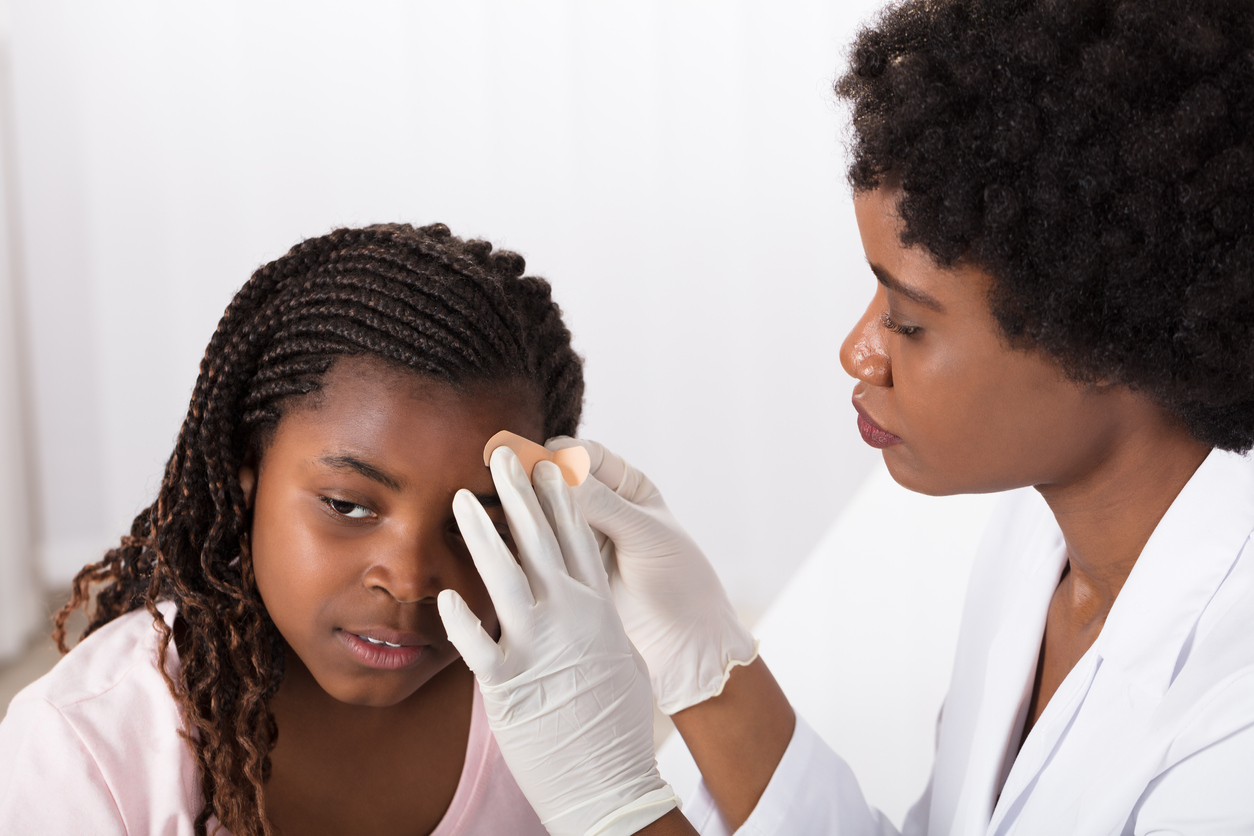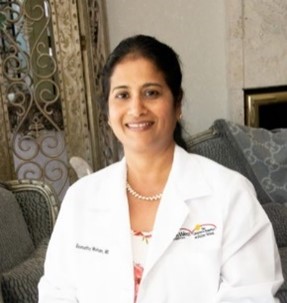
What is a Concussion?
Concussions, though commonly associated with sports injuries, should never be underestimated or taken lightly. Concussions require immediate attention and careful management, whether caused by a fall, accident, or impact during recreational activities. A concussion occurs when a sudden blow or jolt to the head or body disrupts the brain’s normal functioning, often temporarily. Referred to as a mild traumatic brain injury (mTBI), this type of injury can damage brain cells and result in problems with cognitive, physical, emotional, and sleep functions. They happen most often in collision sports that don’t require helmets, including football, rugby, soccer, basketball, wrestling, cheerleading, and lacrosse. The effects of a concussion can look different in each child. Most children will have symptoms lasting a few days to a week, with more serious concussion symptoms lasting weeks or months. Any child with a suspected concussion should be evaluated and cleared by a medical professional before returning to normal activities.
Signs and Symptoms of a Concussion
The signs of a concussion can range from subtle to obvious depending on the severity of the injury. Signs that parents, coaches, and teachers should watch for include:
- Appearing dazed, stunned, or confused about events after a fall or blow to the head
- Forgetting simple instructions, daily schedule, or homework
- Moving clumsily
- Answering questions slowly
- Losing consciousness – even briefly
- Showing behavior or personality changes
- Appearing irritable, sad, or more emotional than usual
- Being unable to recall events that happened before and/or after the blow or fall
Symptoms that a child may report include:
- Headache or feeling pressure in the head
- Nausea or vomiting
- Balance problems or feeling dizzy, double, or blurry vision
- Light or noise sensitivity
- Feeling sluggish, fatigued, or groggy
- Feeling down after a blow or fall
- Difficulty with memory and concentration, or not being able to think clearly
- Sleep problems (drowsy, trouble falling asleep, sleeping more or less than usual)
- Numbness or tingling in the body
Returning to School
The initial treatment for a concussion is resting for 2-3 days while symptoms are the most severe and reducing all physical and mental activities. A physician or medical professional will consult with parents and help make decisions about the best time to return to school based on the severity of symptoms the child is experiencing. Due to potential challenges a child may face at school after sustaining a concussion, several accommodations can be made to support their recovery. This includes excusing the student from physical education class or sports practice, allowing them to wear sunglasses indoors, providing frequent breaks during class, and offering a reduced workload or extended time on assignments. Schools can work with parents and students to provide a temporary support plan and accommodations during the recovery period.
Returning to Sports
The time frame for recovery can be unpredictable and varies considerably based on numerous factors based on the severity of the concussion. All formal sports activities should be put on hold until concussion symptoms have fully resolved. It may take children longer to recover if they do not take the recovery slowly at the beginning and resume normal physical activity too soon. Student athletes can use a gradual approach to return to physical activity under the supervision of an experienced athletic trainer or coach after being cleared by a physician. It is very important to pay attention to any worsening symptoms (nausea, headaches, or dizziness) when returning to regular physical activities. Any concussion-related symptoms that return during physical activity could mean that the concussion has not fully healed. Final clearance to return to normal activities must be approved by the child’s physician.
Post-Concussion Risks
After recovering from a concussion, it’s essential to be aware of potential risks, including a higher likelihood of re-injury and mental health concerns. According to the Children’s Hospital of Pennsylvania, 1 in 6 children with a concussion experience a second concussion within two years, especially if the child had a higher number of symptoms and a longer recovery period with the first concussion. This is called post-concussive syndrome and is thought to occur most often after multiple re-injuries. It is important for parents and children to take preventive measures to lower the risk of re-injury, by wearing well-fitting, high-quality helmets when playing collision or other high-risk sports, learning and following safe playing techniques, and never ignoring a head injury no matter how minor it may seem.
There is also an increased risk of exacerbating existing mental health problems or developing new mental health issues following a concussion (American Medical Association, 2022). It is important for parents, teachers, and caregivers to monitor symptoms of anxiety, depression, and other mental health concerns, provide a supportive environment for the child, and access to counseling services.
Ignoring concussion symptoms and trying to “tough it out” often worsens symptoms and can make the recovery period last longer. Remaining in contact with your Topline MD Alliance affiliated Physician and your child’s school officials is important to help the recovery process. Taking recovery slowly and monitoring symptoms are the best ways to ensure a quick and complete recovery and lower the risk of re-injury and other complications.

Dr. Gomathy Mohan is a proud member of the TopLine MD Alliance practicing Pediatric Care in Palm Beach County.
The TopLine MD Alliance is an association of independent physicians and medical practice groups who are committed to providing a higher standard of healthcare services. The members of the TopLine MD Alliance have no legal or financial relationship with one another. The TopLine MD Alliance brand has no formal corporate, financial or legal ties to any of the affiliated physicians or practice groups.



